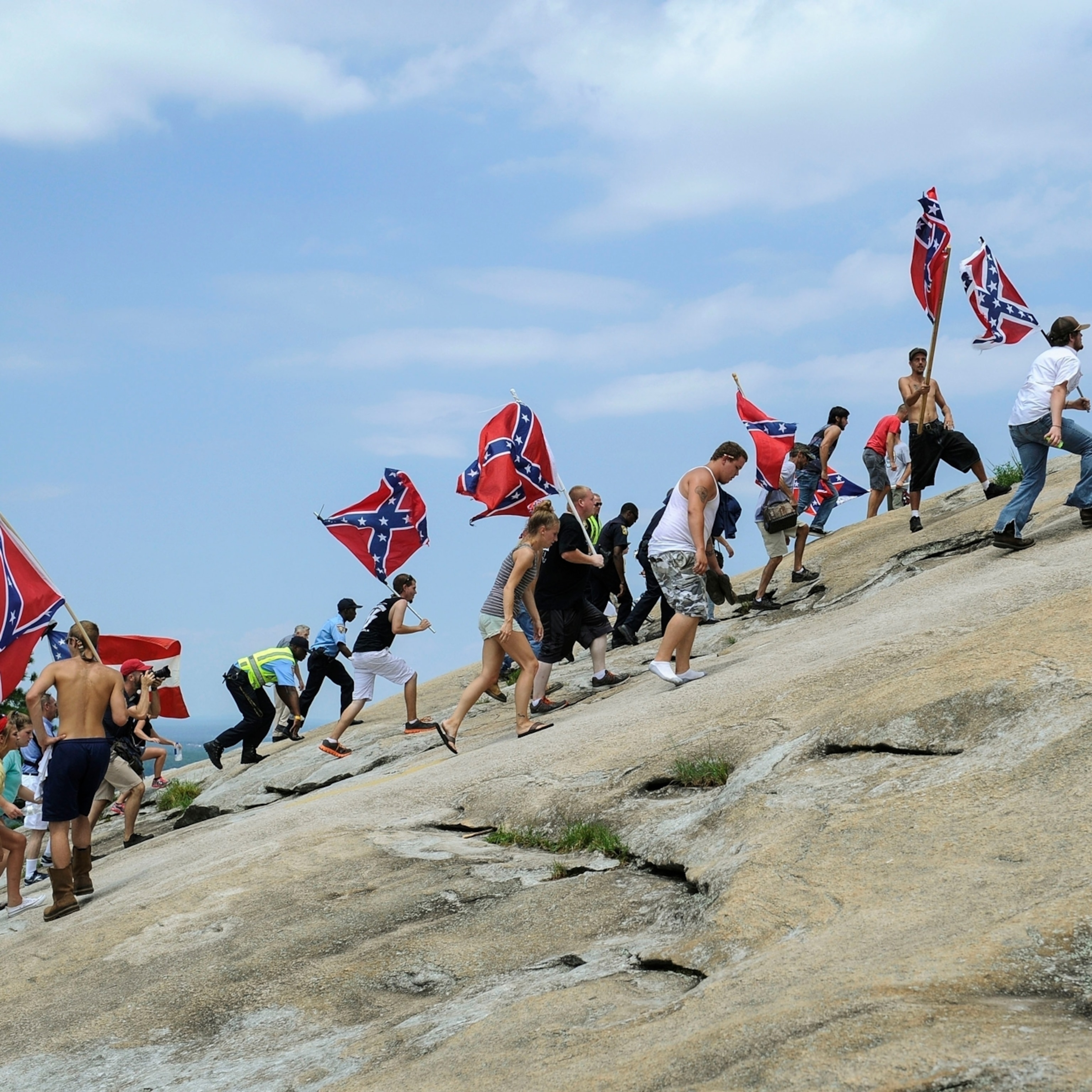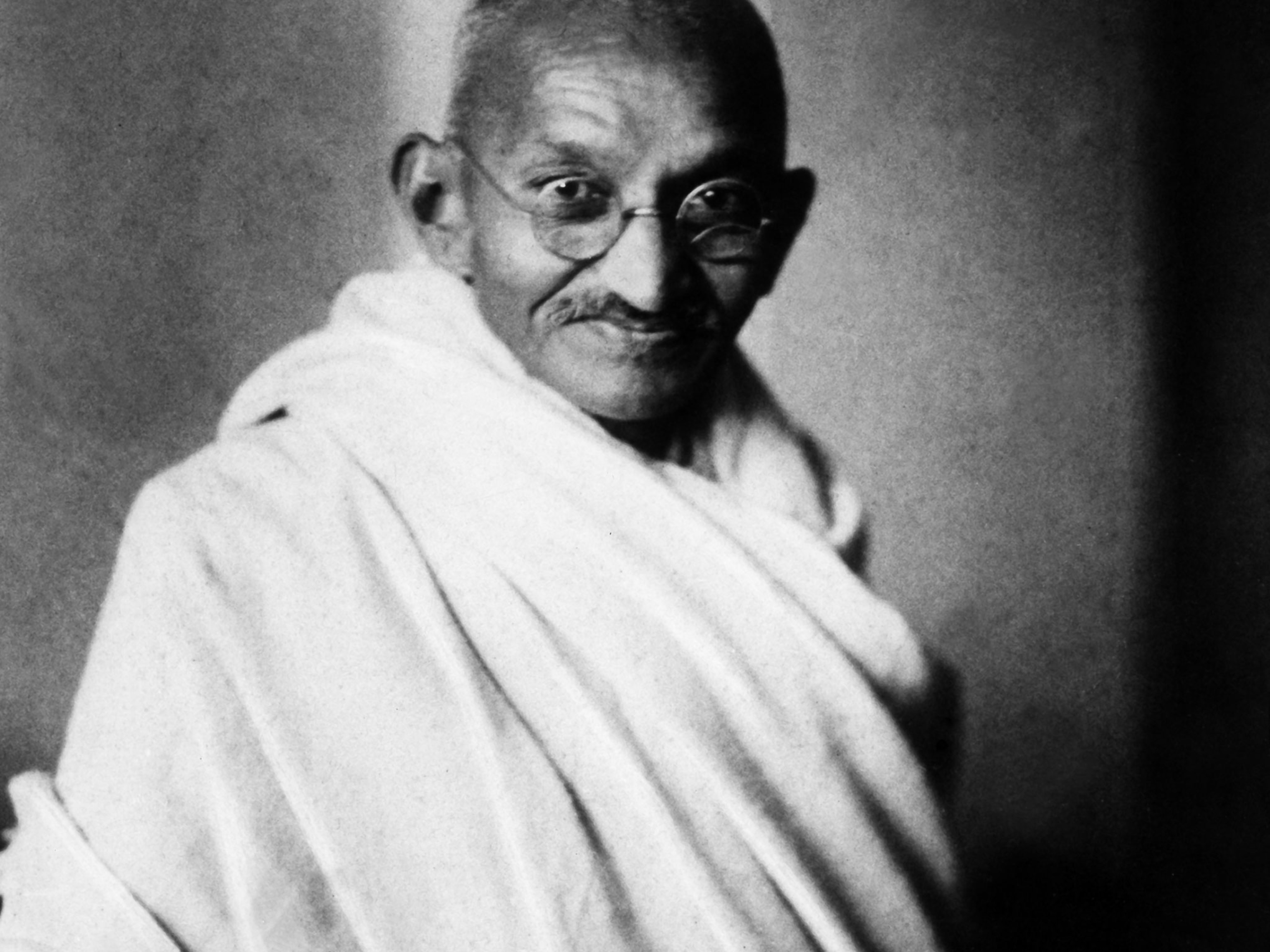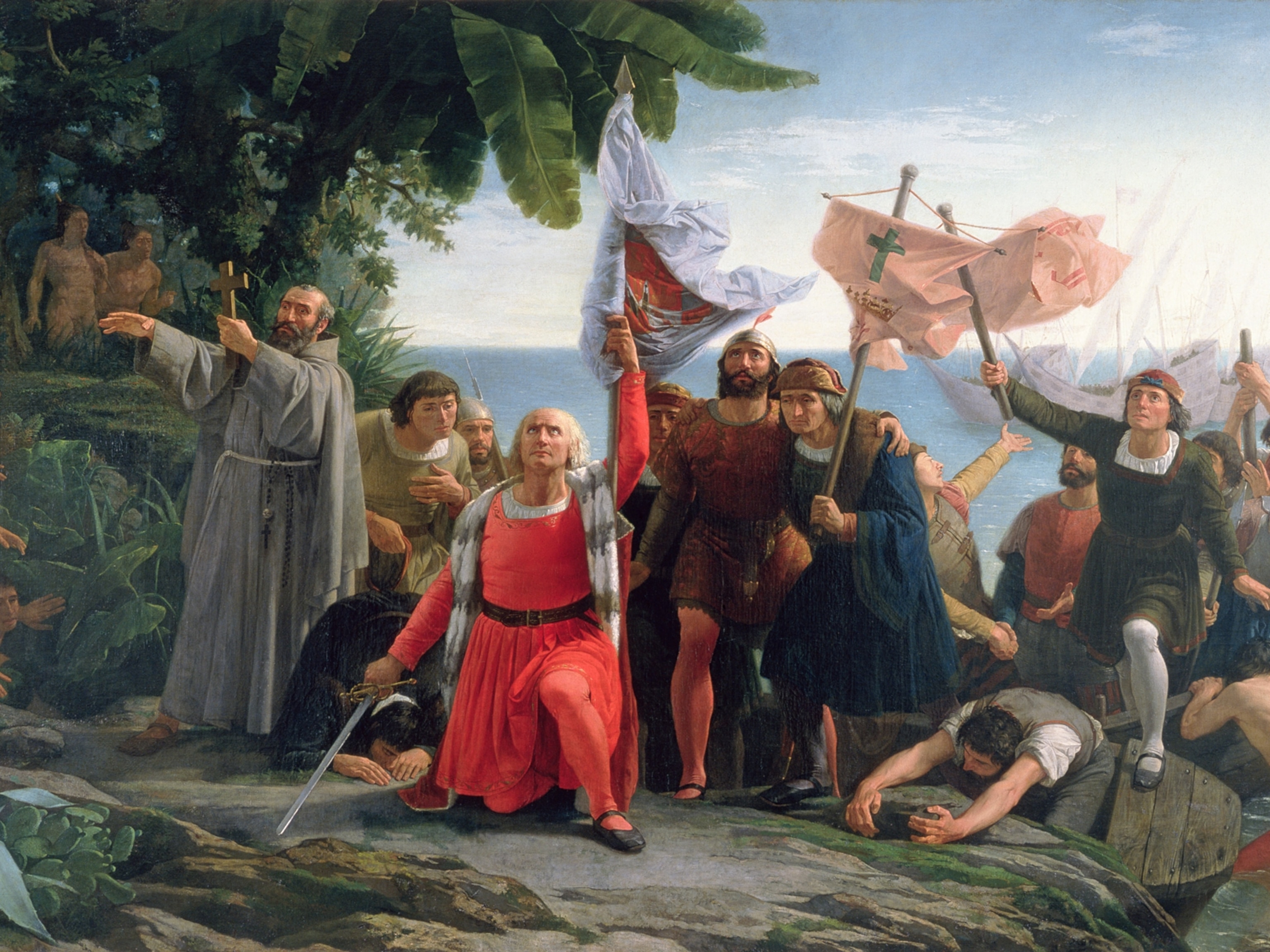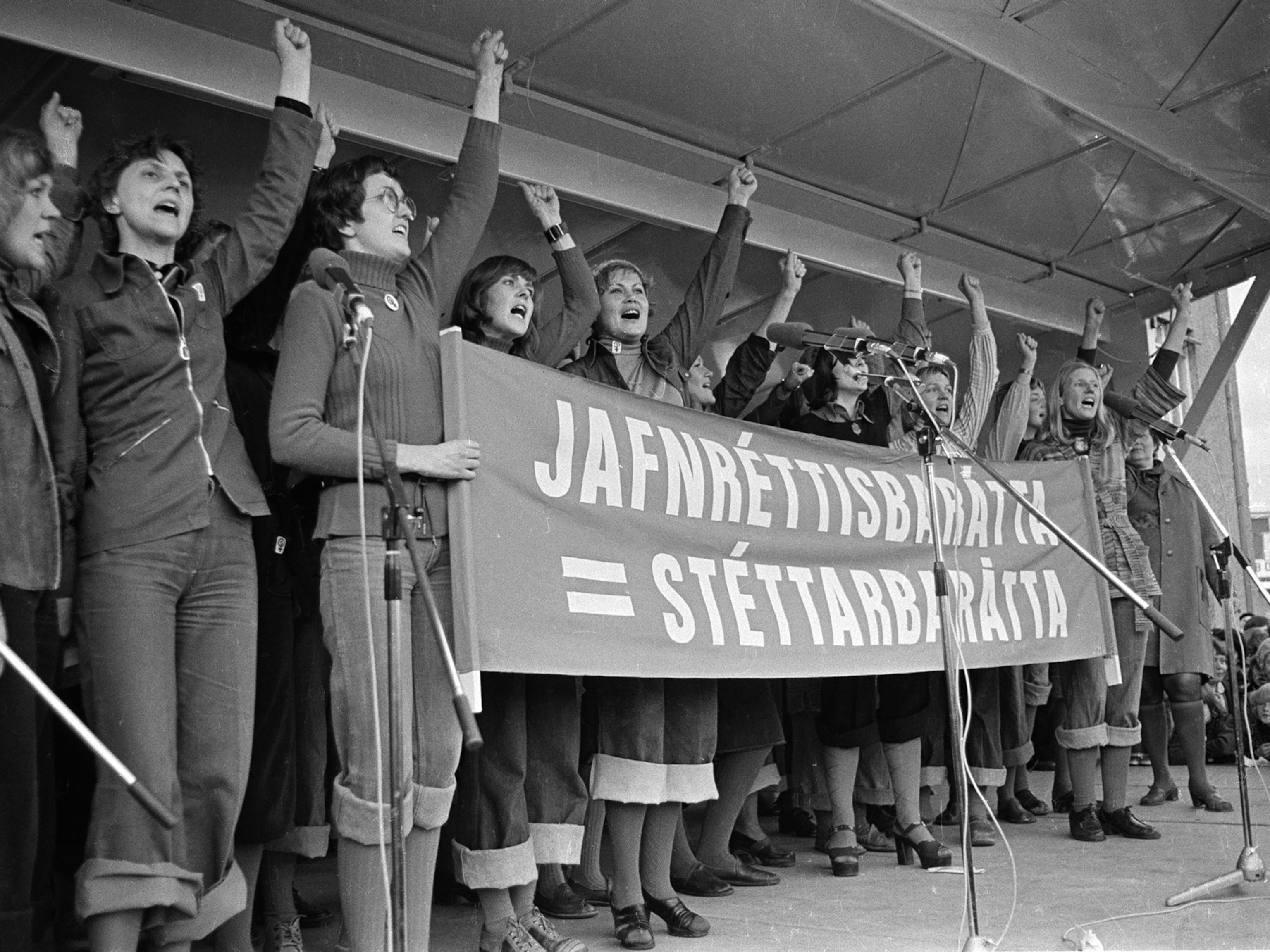Auckland, New Zealand — It had been a day of high hopes. Around the country, thousands of school students had congregated at open-air rallies to protest the climate inaction of their elders and demand change. Some had been told by their school principals that they would be marked truant if they attended the protests. They attended anyway. Then the incomprehensible happened, and the light of their hopes was consumed by darkness.
I knew nothing of it. I was at sea, counting off the 12,000 paddle strokes that would take me from an island back to the mainland, the city of Auckland, my home. My world at that moment was sailboats, seabirds, and the glittering gulf.
“Last, loneliest, loveliest, exquisite, apart,” wrote a British poet of my coastal city—sentiments that many apply to New Zealand as a whole. “God’s own country,” one of our premiers dubbed it. Terrible things don’t happen here.
In the wake of the Christchurch mosque killings, one of the most common responses has been: “This isn’t us.” To which has come the rejoinder, “Oh, but it is.”
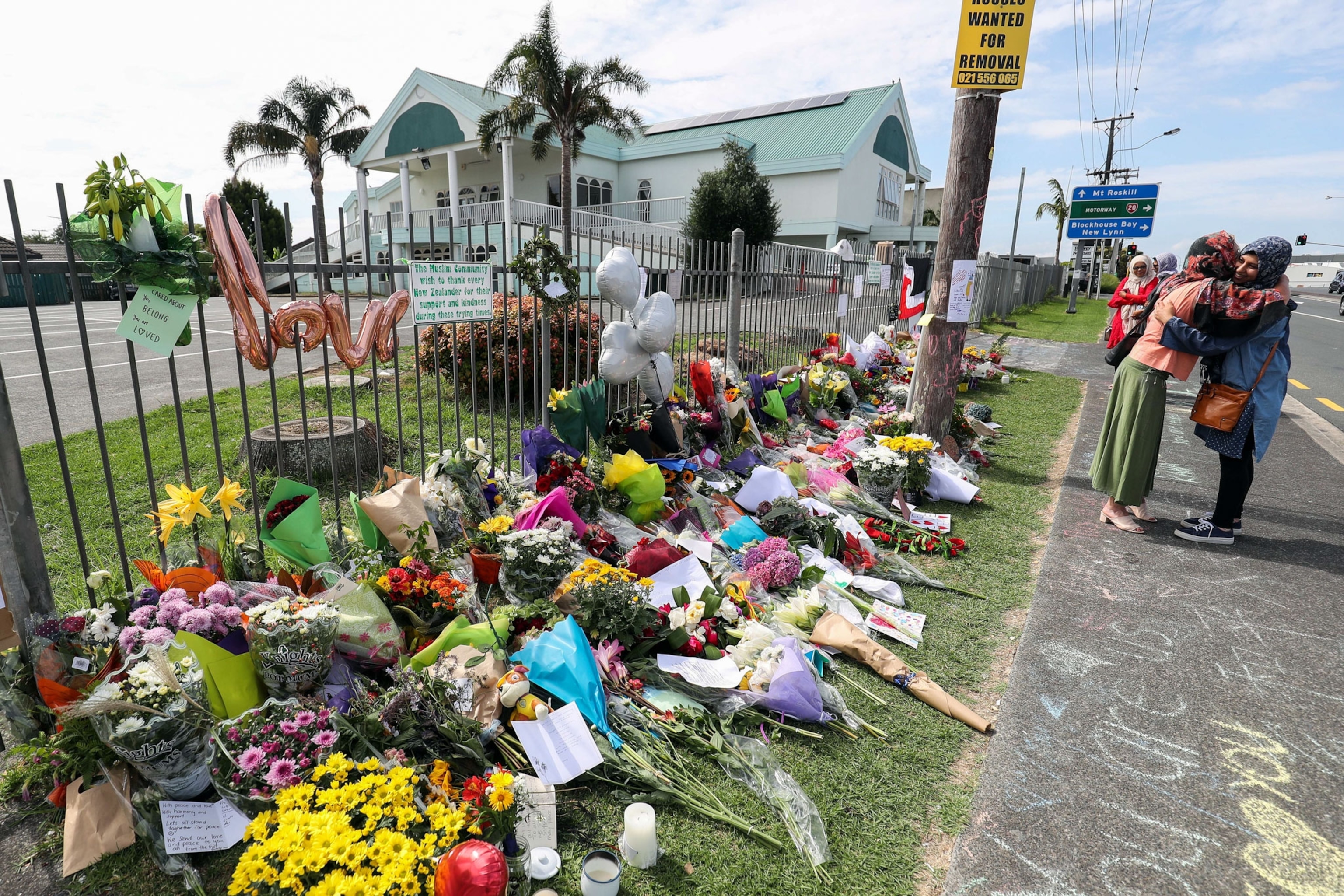
The contagion of white supremacy has been here a long time. We are part of Britain’s imperial project, premised on the superiority of the white race. The history of colonization in my country is a history of dispossession and cultural destruction for the indigenous Maori. During one dark period, as malnutrition and foreign diseases sent the native population into free fall, a politician piously remarked that the best that could be done for Maori was to smooth down the dying pillow of the race.
On the island that morning, I had walked through a sculpture park. One of the works had particular poignancy. It addressed a notorious instance of state violence against Maori, when 1,600 government troops invaded and obliterated the pacifist settlement of Parihaka.
I grew up ignorant of Parihaka. I grew up being taught that Aotearoa (New Zealand) had the best race relations in the world. Brown and white, we were all one happy family under the southern sun. That was a white man’s illusion, but it took me 30 years to realize it.
Much of my adult life has been a slow awakening from the sleep of ignorance, and a journey towards the indigenous side of my country. Many of my fellow Pakeha (non-Maori New Zealanders) have been on the same road. “From smoothing the pillow of the dying race to embracing the bearer of the tattooed face,” is one way I like to put it. And not just Maori faces but the faces of our many island neighbors—Tongan, Samoan, Niuean, Tokelauan, Cook Islander—who have retraced the voyages of the first Pacific people who landed here 700 years ago. And in recent decades, a kaleidoscope of other immigrant faces.
Now, crashing into the consciousness of the whole country, is the realization that other forces have been at work here, the narratives of bigotry that many of us assumed were vestigial relics of a shameful past. The virus of white supremacy, it turns out, is in no way atrophying, nor is it confined to Britain, Europe, the USA—its more obvious sites of recent replication. It is here too, proliferating in a petri dish of immigrant angst, resentment at Maori progress, and mistrust of the foreign. (See how demographic shifts in the United States are fueling white anxieties.)
This feels like a watershed moment. Where do we go from here?
IT IS FOUR DAYS after the terror, and I am caught up in the national mourning and the reckoning, trying to make sense of it in words. I pause from the writing to meet a Maori friend in the city—Dan Hikuroa, Maori studies lecturer at the University of Auckland. I want him to see an exhibition at the national maritime museum.
We greet with the pressing of noses that is the Maori way—an exchange of the breath of life. We walk past replica double-hulled canoes of the type that brought his ancestors here. We walk past the bowsprits of colonial sailing ships that brought my forebears here.
We linger in front of several world maps that show, based on DNA analysis, the million-year journey humans made from Africa to reach our part of the world, said to be the last major landmass to be settled. All the maps are titled “diaspora.” They remind us that we are all fellow travelers. They remind us of the utter delusion of racial categories. We are all DNA smorgasbords. We contain multitudes.
We stand for a long time in front of a beautifully remodeled outrigger canoe, the centerpiece of the exhibition and the totem of island interconnection. Like the shuttle in a weaver’s loom, the canoe has woven the peoples of Te Moana Nui a Kiwa, the Pacific Ocean.
Children swarm around the canoe like so many fishes. They are wearing name tags. One sprite of a girl, with hair dyed blue, is named River. This seems to me a wonderful name to carry in this country of rivers, one of which, the Whanganui River, was accorded the legal rights of personhood two years ago this week. I remark to Dan that when she’s older, and perhaps canoeing down the Whanganui River, this girl will know the full meaning of the river-people’s saying: “I am the river and the river is me.”
Through the museum’s sound system comes the overlapping voices of 50 people, many of them migrants, singing and speaking in their native tongues, expressing, according to the composer, the “myriad emotions, hardships, dislocation and dreams” of those who leave their homes for new lands.
Our senses are filled with the awareness of the migratory flux that has created and sustains our country.
I ask Dan: How do we defend against the contagion of ethnic hatred that has resurfaced here? No, not just defend against, but eradicate. How do we create a moral climate so inhospitable to this toxic organism that it gasps, starves, and retreats to its subterranean darkness? (Read why there's no scientific basis for race.)
We know the antidote. Aroha. Love. An outpouring of which has drenched the country in the days since the shooting, like the late-summer rain that falls as I write. “You are welcome here.” “You are us.”
Evening comes. I walk to my neighborhood kebab place, opened a few years ago by a family of Afghan refugees. “Assalamu alaikum,” I say when I go in. “Peace be with you.” I’m wearing a scarf I bought when I was in Oman on a National Geographic assignment. Such small gestures—a greeting, an item of clothing.
I buy baklava, then I walk a few yards farther to the local Islamic center. The chalked messages on the sidewalk—“Hello brother, hello sister”—are starting to dissolve in the rain. The flowers are fading. But the aroha is strong.
I see one of the mosque leaders. I say the Arabic greeting, and he thanks me and draws me in to a hug. I gesture to the fence, festooned with cards, candles, ribbons, soft toys, all aglow in the setting sun, and I tell him I’m glad to be part of the expression of care.
“He tried to disperse us, but see how we are coming together,” he replies, beaming.
Around the country, the mosques are reopening. Non-Muslims, many of them members of Christian congregations, are in attendance, laying flowers, joining in prayer, forming cordons and honor guards to symbolize their desire to protect their fellow worshipers from harm. This is what aroha in Aotearoa looks like today.
It is impossible not to feel hopeful. It is impossible not to feel proud of our headscarf-wearing prime minister, Jacinda Ardern, urging us to walk with our Muslim brothers and sisters through their grief. Summoning our better angels. Reminding us that there is no “other” here. They are us.


